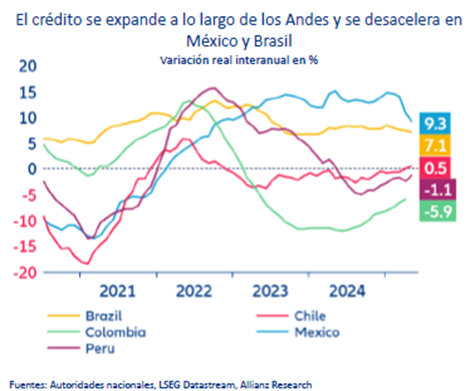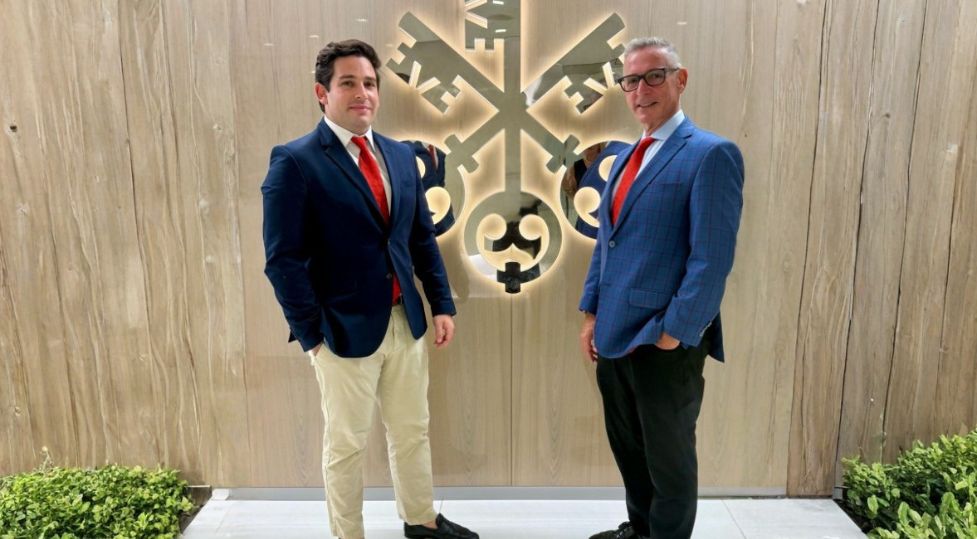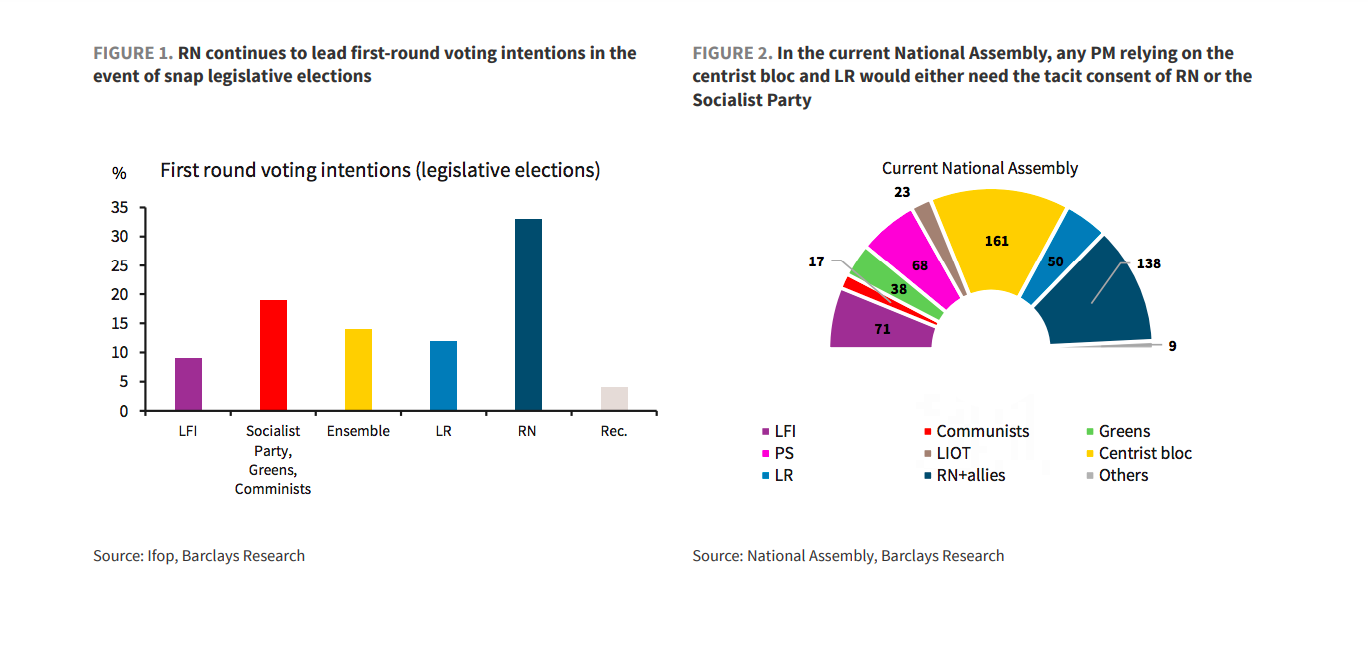Data Points Every Fund Investor Should Monitor
| By Elsa Martin | 0 Comentarios

Fund return, or fund return versus a benchmark, is usually the most common factor investors use when assessing a fund’s performance. However, more sophisticated investors will utilize a set of metrics that reveal what’s happening beneath the surface of fund performance.
Active Share: Measuring Active Management
The Active Share ratio measures the percentage of a fund’s portfolio that differs from its benchmark index. A fund with a low active share is very close to an index tracker fund or ETF, and investors could easily replicate a large proportion of the fund using one of these vehicles at a much lower cost. Active share reveals whether a manager is actually implementing their stated strategy or simply hugging the benchmark.
FirstRate Data, a financial data provider, notes that funds with active equity strategies typically have 70-90% active share ratios. Funds claiming active management but with an active share below 60% are usually charging active fees for benchmark-like performance. Conversely, an extremely high active share (above 95%) may indicate an excessive concentration risk.
Tracking Error Volatility: Understand A Fund’s Risk Profile
Tracking error is the standard deviation of a fund’s performance relative to the performance of its benchmark index. Unlike active share, which shows the fund’s return difference, the tracking error shows the deviation in terms of volatility. Volatility is a common proxy for portfolio risk, so other things being equal, a fund with a lower volatility is preferable.
Active equity funds typically operate with a tracking error between 4-8%. Lower levels are often indicative of closet index tracking, whereas higher levels can signal excessive risk-taking.
Volatility is often combined with the fund’s return to calculate the Sharpe ratio, which is the units of return per unit of volatility. So a fund returning 20% with a 15% volatility would have a Sharpe ratio of 1.33 (20/15). This would make the fund’s risk-adjusted returns superior to a fund with 22% return and an 18% volatility, which would have a Sharpe ratio of 1.22. Quantquote notes that the best of class funds have a Sharpe ratio higher than 2, with a Sharpe below 1 usually being a signal of poor fund performance.
Asset Flow Momentum: Reading the Market Signals
The asset flow is the direction, magnitude, and consistency of capital flows into or out of a fund. Asset flows represent the collective judgment of the investment marketplace. In general, a slow and persistent flow in or out of a fund may represent the popularity of the fund’s strategy; for example, value-focused funds as a group experienced a consistent outflow since 2010. However, a sudden or dramatic acceleration in outflows may signal an imminent issue with the fund. Conversely, a sudden inflow of capital can be a predictor of a decline in returns as the fund may struggle to scale up the size of its investments.
Expense Ratio Efficiency: Value Beyond the Headline Number
Whilst expense ratios are widely reported, the absolute expense ratio matters less than whether those expenses translate into value creation. A 1.5% expense ratio might be reasonable for a specialized emerging markets strategy, strong performance and a low correlation with the broader market, while a 1.0% ratio could be excessive for a large-cap growth fund that clings tightly to the benchmark index.
Fees are a persistent drag on long-term performance and compound over time. However, blindly choosing the cheapest option often leads to suboptimal outcomes. The key is understanding whether higher fees fund genuine value-added activities like superior research, risk management, or access to unique opportunities.
It is important to consider the total cost of fund ownership, which includes transaction costs as well as tax efficiency, and not just the headline expense ratio. Funds should have stable expense ratios over time, which should usually decline as asset-under-management has grown and the fund manager is able to pass some of the scale benefits to investors.
Style Drift: Staying True to The Investment Strategy
Style drift occurs when a fund moves away from its stated investment mandate, usually in response to being in an unpopular investment category. For example, a value fund may gradually move towards a growth-focused investment thesis to boost returns and attract more capital. Typically, the fund will signal this by reframing its investment thesis by redefining some of the core definitions of its target investments, so what constitutes a value stock or a large cap may change.
Style drift can undermine portfolio construction and risk management, as an investor will often have several fund strategies in a single portfolio. When funds change their characteristics without notice, investors may unknowingly take on unintended exposures or increase their concentration risk as more funds crowd into popular investment themes.
To protect against this, it is important to monitor the key style characteristics over time, such as the average market capitalization, sector weightings, fundamental ratios (P/E, P/B, ROE), and geographic exposure for each fund. In addition, tracking these factors in aggregate at the fund level can provide some insights into overall portfolio concentrations and a gradual drift in the component fund’s strategies.
Written by Ryan Maxwell, director of research at FirstRate Data.















